Bubengka
Today, we’re making bubengka. Bubengka (sometimes called bobengka) is a traditional cake from Indonesia, specifically associated with the Minahasa region of North Sulawesi and the Moluccan islands. The cake is known for using pili nuts, which are native to the Philippines but widely utilized in Indonesian cuisine, especially in these regions. In Minahasa, the cake is called bobengka, while in Maluku, it is called bubengka—both names refer to essentially the same cake featuring nuts and coconut. While pili nuts are commercially cultivated primarily in the Philippines, their use in traditional cakes like bubengka is most prominent in the eastern Indonesian islands, reflecting the shared culinary traditions and ingredient exchange across maritime Southeast Asia.
I first came across bubengka in a tattered recipe book inherited from my late mother, its pages stained with memories and a little bit of batter. It’s a recipe that has traveled through time, across borders, from one kitchen to another.
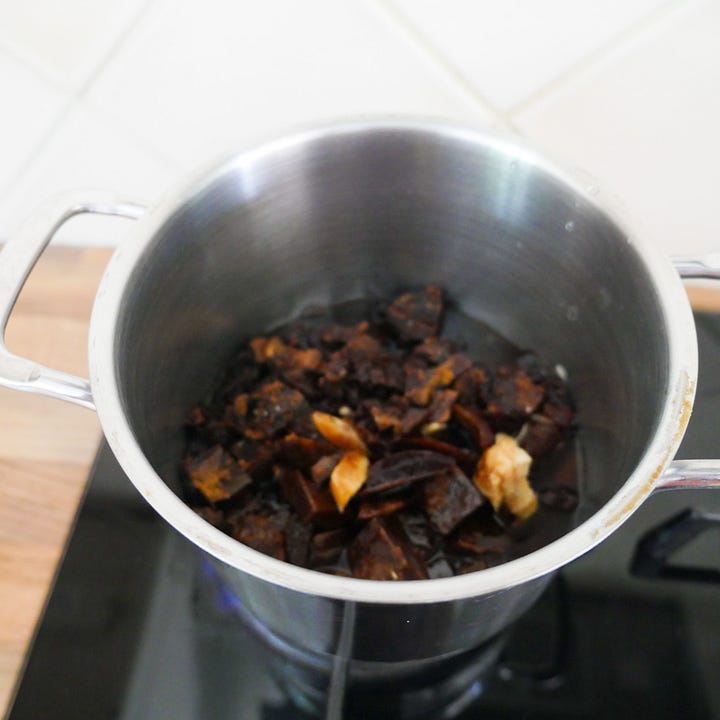

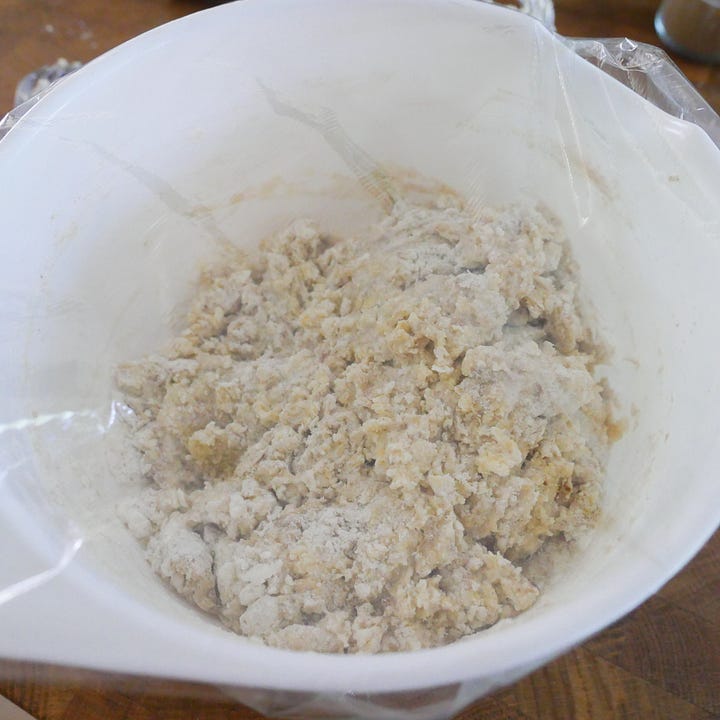
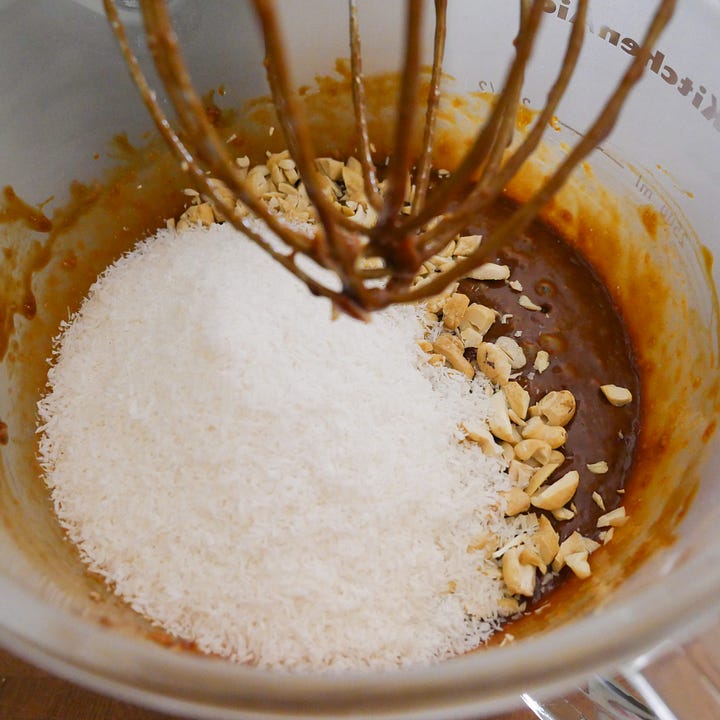
Making bubengka feels like stepping into a story much bigger than my own kitchen. The recipe is simple, but it’s the kind of cake that asks you to pause and pay attention. You start by melting palm sugar into syrup, its deep caramel scent filling the room. Then comes the coconut milk, thick and creamy, and the warm spices—cinnamon and fennel—that give the cake its character. The nuts add a satisfying crunch and a bit of earthiness, grounding all those sweet, tropical flavors.
I first came across bubengka in a tattered recipe book inherited from my late mother, its pages stained with memories and a little bit of batter.
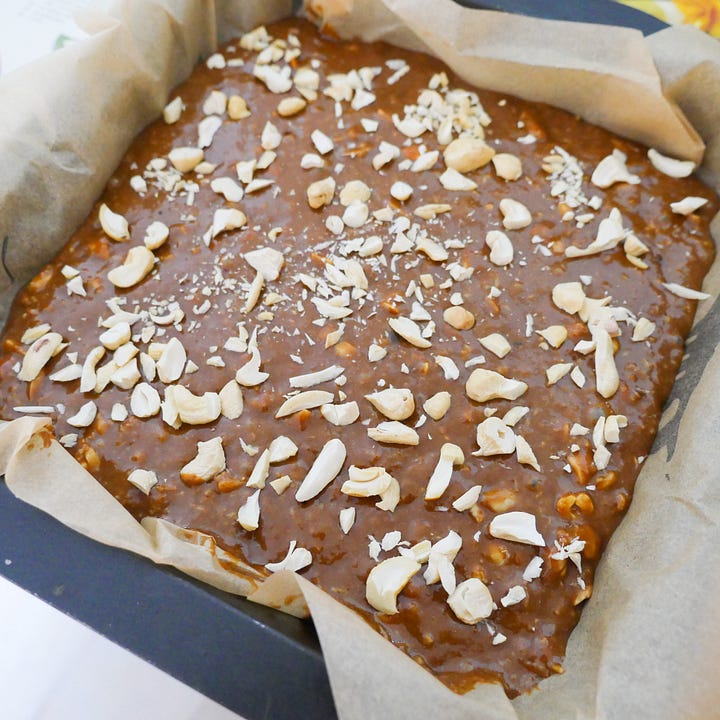
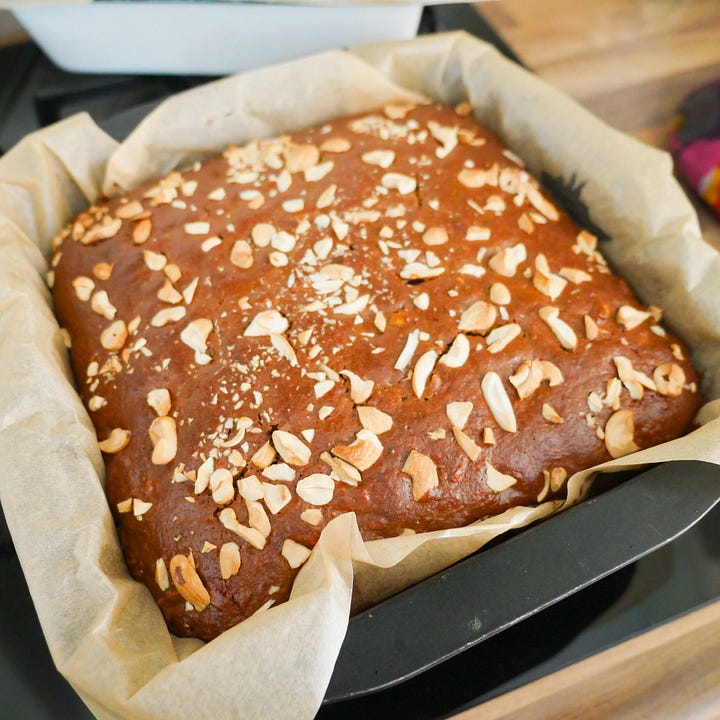
What I love most about bubengka is how it connects people. It’s the kind of cake that’s made for sharing, whether as a gift for a neighbor or as the centerpiece of a family gathering. In Minahasa and the Moluccas, it’s often served during celebrations, but it’s just as at home on an ordinary afternoon, paired with a cup of tea or coffee.
As I created this blog post, I thought a lot about food recipes and the process of creating them. Recipes are more than just lists of ingredients—they’re stories, passed down and shaped by the people who make them. Every time I make this cake, I’ll think about my mother’s old recipe book and the hands that wrote it, and I wonder about all the other kitchens this recipe has visited over the years. There’s a quietly resonant power in the way food can anchor us to memories and people we love.
Serves 6
Preparation time: 1 hour 30 minutes
Cooking time: 1 hour
Level of difficulty: 1/3
Keep for 2 days at room temperature.
Ingredients:
50g/ ¼ cup sugar
100ml/ ½ cup water
500g/ 4 cups all-purpose flour
1 tsp ground cinnamon
½ tsp ground fennel seeds
2 tbs sugar
1 tbs yeast
2 eggs
400ml/ 1½ cups + 2 tablespoons coconut milk
100g/ 1¼ cups desiccated coconut
100g/ 1 cup pili nuts (substitute with almonds), coarsely chopped
100g/ 1 cup cashew nuts, coarsely chopped
Steps:
Preheat oven to 180°C (350°F). Line a 23x33 cm (9x13 inch) baking pan with parchment paper. In a small saucepan, combine palm sugar, sugar, and water. Heat gently over low heat, stirring until the sugars are completely dissolved. Remove from heat and cool slightly.
In a large mixing bowl, whisk together flour, ground cinnamon, ground fennel seeds, sugar, and yeast.
In a small bowl, beat eggs. Add the beaten eggs to the flour mixture and mix until combined.
Gradually add 100–150ml (⅓ to ⅔ cup) coconut milk, mixing until the dough comes together and can be formed into a rough ball.
Cover the bowl with plastic wrap or a moist towel. Let the dough rest at room temperature for 30 minutes.
Uncover the bowl and add the remaining coconut milk, the cooled palm sugar syrup, desiccated coconut, and the chopped pili nuts and cashew nuts (reserving a small handful of each for topping). Mix until the batter is smooth and well combined.
Pour the batter into the pan and smooth the top. Sprinkle the reserved nuts over the top. Cover lightly with plastic wrap or a moist towel and let it rest at room temperature for 45 minutes.
Bake in the oven for about 45 minutes, or until a skewer inserted into the center comes out clean. Let the cake cool in the pan for 10–15 minutes before transferring to a wire rack to cool completely. Slice and serve.



